Benefits of Breastfeeding
We welcome a new baby with kisses and food, immediately providing love and nutrition. When babies are given human breast milk, they also receive health benefits that last a lifetime. In fact, there are long-term health benefits for the lactating person (one who breastfeeds or provides donor milk), the family and the planet. It’s a win-win-win situation.
A child can receive breast milk either by breastfeeding, bottle, supplemental nursing system, spoon or cup. A biological mother can provide breast milk through contact-feeding or pumping and bottle feeding. Another lactating parent can pump and donate human milk. In these ways, it’s possible to provide human breast milk to more babies and share the health.
-
Human breast milk is rich in immune factors, prebiotics and probiotics. In the first six months, as the infant’s gut membrane is maturing, this establishes the basis of a healthy immune system. This reduces risks of asthma, allergies, diabetes and other conditions.
-
Human breast milk has a lower Ph, which makes it less conducive to bacterial growth. Formula has a higher Ph, which disrupts the natural balance in the baby’s gut, making it easier for bacteria to grow.
-
As long as the baby is getting human milk, the immune factors continue to protect the child. This helps protect older babies as they grow and are exposed to more bacteria and germs.
-
Human breast milk changes to meet the age and needs of the child. For example, the milk for a premature baby necessarily has higher levels of fatty acids and proteins than milk for a three month old.
-
Human breast milk is easier for babies to digest. It is mostly whey, a softer and more rapidly digested protein. Cows milk in formula is mostly casein, a larger protein that is harder to digest.
-
Human breast milk varies in flavor, which helps develop baby’s taste buds.
The biological process of lactating, that is, making milk, is good for the body! The longer one has lactated (produced milk), the greater the increase in benefits.
Reduced risk of ovarian cancer, especially for high-grade serous subtype, a very lethal form of cancer. Women who breastfed one to three months had 18% lower risk of ovarian cancer. Women who breastfeed 12 months or more had a 34% lower risk.
The longer a person produces milk, the more significant the reduction in breast cancer risk. Two or more years (cumulative) of breastfeeding reduces the risk of developing breast cancer by 50%.
Lactating for three months or more reduces visceral fat. This type of fat surrounds major organs and causes heart disease and metabolic disorders like diabetes. A reduction in visceral fat reduces these risks.
Lactating reduces the risks of having a stroke, developing and dying from cardiovascular disease.
The longer one lactates, the stronger their bones. Several studies show that for women who breastfed nine months or less, there was a three percent increase in bone. Women who nursed between ten and twenty-four months had more bone growth, though at a slower rate.
Lactation also lowers the rates of Age Related Macular Degeneration (AMD), a leading cause of vision loss.
In addition, there are advantages for the family and the planet in using breast milk.
In case of emergencies (such as a flood, power outage, etc.) breast milk is available, clean, and sterile. It provides adequate nutrition, fluids as well as immune factors in a stressful time.
Powdered formula always requires boiled water (unless it’s ready made liquid) and clean bottles, even when it’s not an emergency.
Less trash and carbon emissions are produced when compared to the packaging and shipping of formula.
Healthier children and women reduce the cost and number of doctor visits and sick days from work.
For these and more reasons, providing human breast milk is an investment in the enduring wellbeing of babies and their families. When every baby receives human milk, we will be a healthier Maine.
References
Breastfeeding and Human Lactation Fifth Edition
Karen Wambach and Jan Riordan
Bartlett and Jones Learning
-
-
Hopkinson JM, Butte NF, Ellis K, Smith EO. Lactation delays postpartum bone mineral accretion and temporarily alters its regional distribution in women. J Nutr. 2000; 130(4):777-783.
Chapman,DJ. Longer Cumulative Breastfeeding Duration Associated with Improved Bone Strength Journal of Human Lactation Feb. 2012;28(1) 18-19
Paton LM, Alexandre JL, Nowson CA, Margerison C, Frame MG, Kaymakci B, Wark JD Pregnancy and lactation have no long-term deleterious effect on measures of bone mineral in healthy women: a twin study. Am J Clin Nutr 2003;77:707-14
-
-
Association Between Breastfeeding and Ovarian Cancer Risk. JAMA Oncol. 2020 Jun 1;6(6):e200421. doi: 10.1001/jamaoncol.2020.0421. Epub 2020 Jun 11. PMID: 32239218; PMCID: PMC7118668.
-
-
Breastfeeding and subsequent maternal visceral adiposity.
McClure, CK, Schwarz EB, Conroy MB, Tepper PG, Janssen I, Sutton-Tyrell KC
Obesity (Silver Spring) 2011 Nov;19(11):2205-13
-
